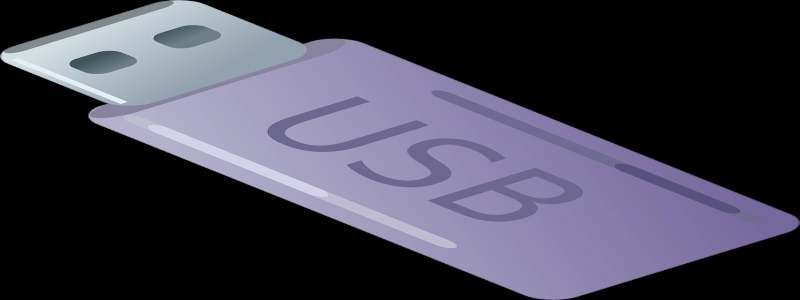Shielded vs Unshielded Ethernet
Introduction
Ethernet cables are commonly used to connect devices within a local area network (LAN). When choosing an Ethernet cable, one important factor to consider is whether it should be shielded or unshielded. This article will compare shielded and unshielded Ethernet cables in terms of their construction, performance, and applications.
I. Construction
Shielded Ethernet cables, also known as STP (Shielded Twisted Pair) cables, are made up of four pairs of twisted wires surrounded by a foil shield, and often protected by an outer jacket. The foil shield provides protection against electromagnetic interference (EMI) and radio frequency interference (RFI), ensuring better signal quality.
On the other hand, unshielded Ethernet cables, or UTP (Unshielded Twisted Pair) cables, consist of the same twisted wire pairs without any additional shielding. They are typically cheaper and more flexible compared to shielded cables.
II. Performance
1. Signal Quality
The foil shield in shielded Ethernet cables protects against external electromagnetic interference, resulting in superior signal quality. This makes shielded cables ideal for environments with high EMI or RFI, such as factories or areas with heavy electrical equipment.
Unshielded Ethernet cables are more susceptible to interference and may experience degraded signal quality in such environments. However, in normal office or home setups, where EMI and RFI are minimal, the difference in signal performance between shielded and unshielded cables is often negligible.
2. Transmission Distance
Shielded Ethernet cables have better insulation due to their shielding, which helps reduce signal degradation over long distances. Therefore, they are more suitable for installations that require longer cable runs, such as large office spaces or data centers.
Unshielded Ethernet cables have a shorter maximum transmission distance compared to shielded cables. However, for most small to medium-sized LAN setups, the maximum distances supported by unshielded cables are more than sufficient.
III. Applications
1. Shielded Ethernet Cables
Due to their superior performance and durability, shielded Ethernet cables are commonly used in industrial settings where the risk of EMI and RFI is high. They are also ideal for applications that require reliable and high-speed connections, such as data centers, server rooms, and telecom rooms.
2. Unshielded Ethernet Cables
Unshielded Ethernet cables are widely used in commercial and residential environments. They are suitable for connecting devices within offices, homes, and small business networks. Additionally, they are more cost-effective and easier to install compared to shielded cables.
Conclusion
In conclusion, the choice between shielded and unshielded Ethernet cables depends on the specific requirements of the network installation. Shielded cables offer better protection against interference and are suitable for demanding industrial settings, while unshielded cables are cost-effective and sufficient for most office or home network setups. By considering factors such as signal quality, transmission distance, and intended application, network administrators can make an informed decision regarding the type of Ethernet cable that best meets their needs.








